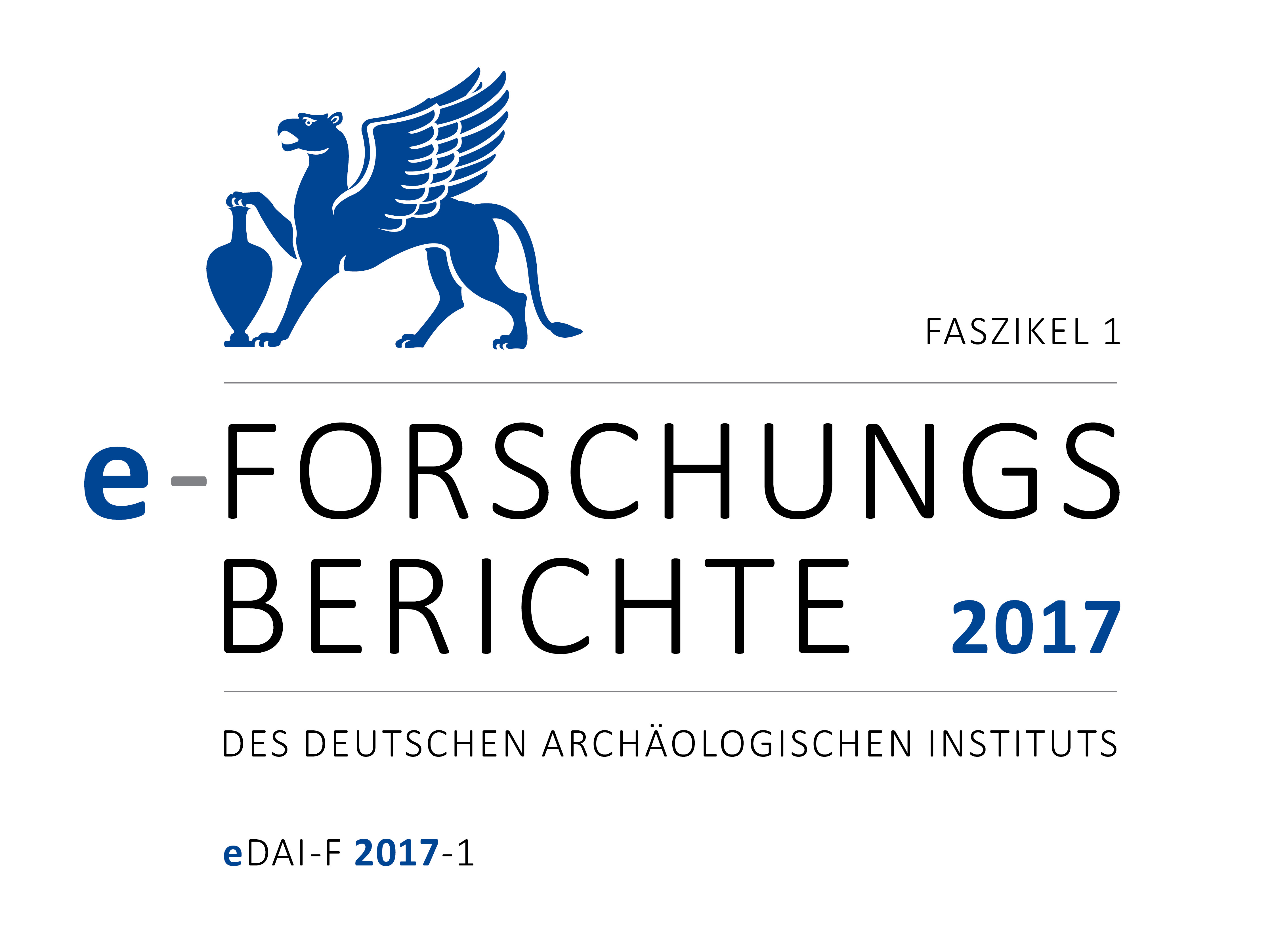Finding the Woolly Sheep. Meta-analyses of archaeozoological data from Southwest-Asia and Southeast-Europe
https://doi.org/10.34780/bdpb-7b9g
Abstract
Archaeozoological data from 401 sites in Southwest-Asia and Southeast-Europe dating to the time span 7000–1500 BC were recorded and analysed for the question when and where the economic shift from a milk- and meatoriented sheep husbandry to one with a focus on wool production occurred. This research report offers some preliminary results of meta-analyses of the corresponding database. Among the parameters studied, fluctuations in the demographic composition of herds as well as osteometric data indicating changes in animal size and body shape have yielded some indirect evidence for incipient and/or increasing importance of wool exploitation in sheep. In Southwest-Asia, this development started around 4000 BC while in Southeast-Europe it began thousand years later.





